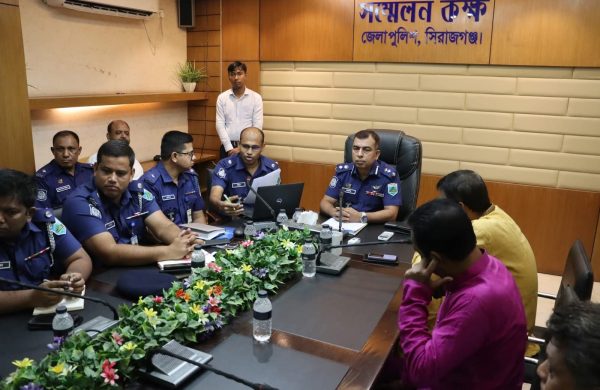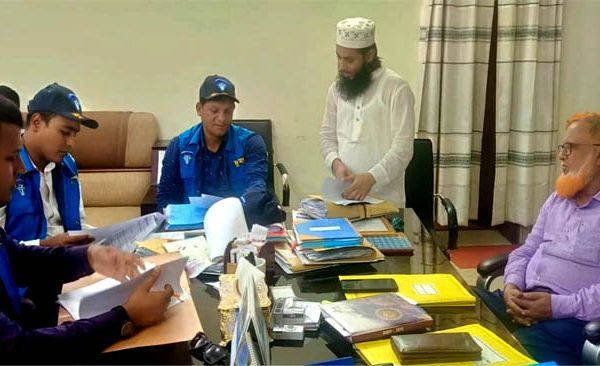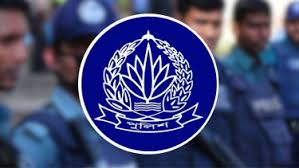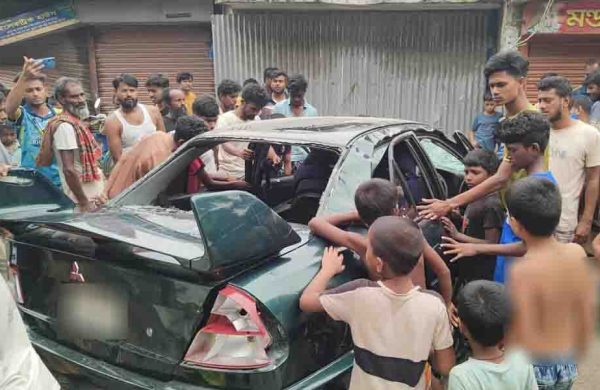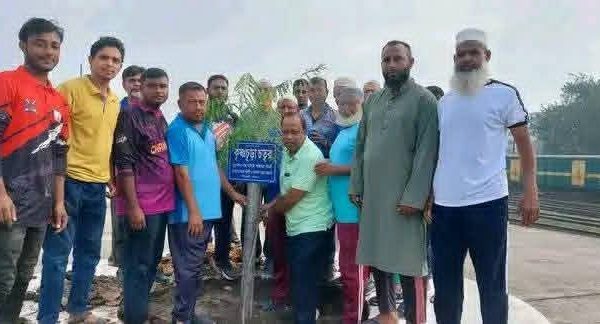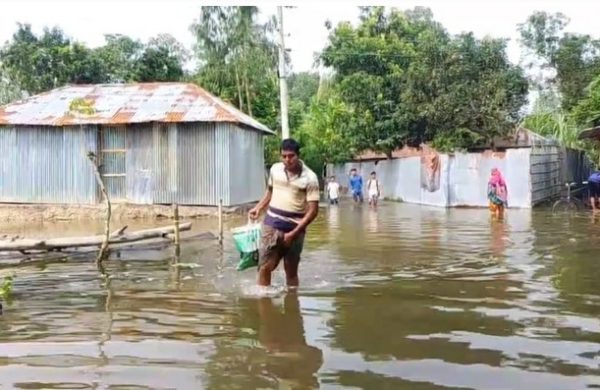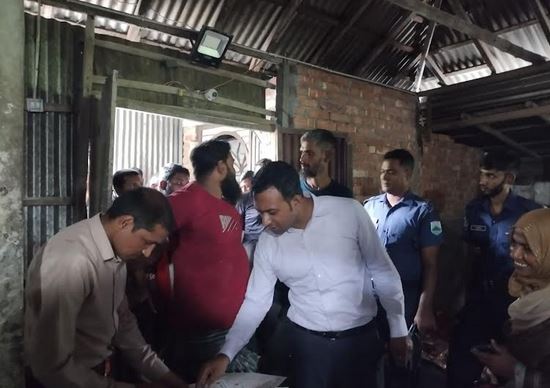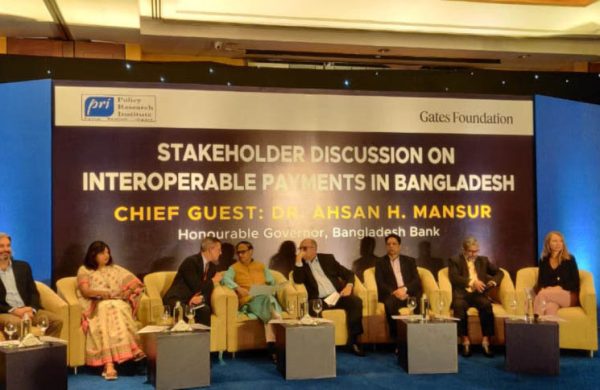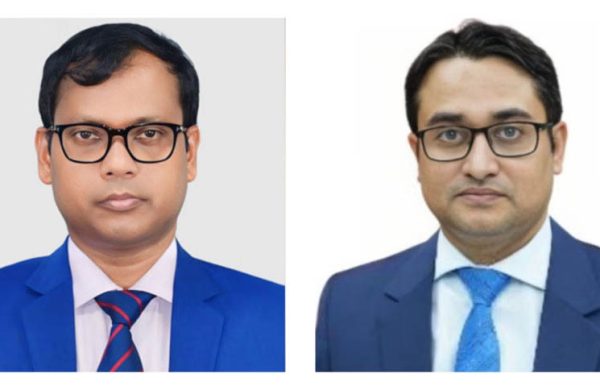People yet to know what really happened in Pilkhana: Ex-army chief Moeen
- Update Time : Saturday, September 7, 2024
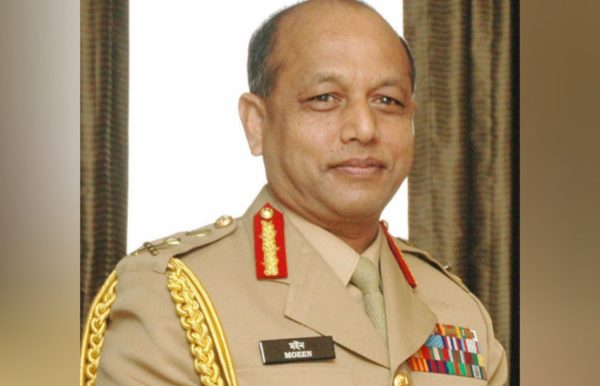
TDS Desk:
General Moeen U Ahmed (retd), the former chief of the army, has said that the actual events of the Pilkhana massacre remained unknown to the public.
“Only the narratives of the former government were heard over the past 15 years,” he said in a video published on YouTube
On 25 and 26 February 2009, a brutal massacre took place at the then-BDR headquarters in Dhaka’s Pilkhana, killing 74, including 57 army officers deputed to the para-military border force.
Moeen U Ahmed, who was the army chief at that time and resides in Florida, US now, shared his account of the massacre in a 29-minute-long video uploaded on his YouTube channel last Thursday (5 September).
Moeen said he could not discuss these matters during the tenure of the Awami League government.
He said he made the video because he believed people should know the role the army played at that time and what actually happened.
‘BDR DG was unaware of a possible mutiny’
Recalling the morning of 25 February, Moeen said he talked to the then Director General (DG) of BDR, Major General Shakil Ahmed, about transferring some unused weapons to the BDR.
Shakil, who was later killed in the massacre, agreed to accept the weapons. Giving a stock of the telephonic conservations, Moeen said he believes Shakil was still unaware of any possible mutiny until then.
Moeen said he first learned about something happening in Pilkhana during a meeting around 9:30am.
“My principal secretary, Colonel Firoz, entered the meeting room and whispered to me that there was trouble in Pilkhana. My guidance is needed.”
Moeen U Ahmed said that he adjourned the meeting immediately to try to contact the Prime Minister and the DG of BDR.
But their phones were continuously busy. Military intelligence then informed him about the situation. Realising the gravity of the situation, he took immediate action without waiting for any further instructions.
Moeen said he ordered the 46th Independent Infantry Brigade of the army to prepare for an operation, which was promptly initiated under the name “Operation Restore Order”.
‘First call to BDR DG’
At 9:47am, Moeen said he finally got through to the DG of BDR on the phone. The DG briefly described a horrifying situation.
“During a meeting, two armed soldiers entered the Darbar hall. One stood behind the DG, and the other walked through the hall and went outside. Gunshots were heard from outside shortly after. The soldiers present in the hall started a commotion, stood up, and left the hall as soon as the shots were heard,” Moeen recalled the BDR DG saying during the phone call.
The ex-army chief quoted the DG, BDR as saying it all seemed like part of a plan to him, and everything was happening according to the plan.
“Many think that the DG of BDR called me for help. That’s not true. I called the BDR DG and informed him about the measures we were taking,” he said in the video.
‘First call with Hasina’
Moeen said he could finally contact the then prime minister Sheikh Hasina at 9:54am by mobile phone.
“By then, she [Hasina] had already received a lot of information about the BDR mutiny. When I informed her about the operation, she asked how long it would take to prepare the brigade. I said it usually takes six hours, but we could be ready in two hours if hurried,” he said.
Moeen said Hasina permitted the 46th brigade to proceed to Pilkhana. He noted that the brigade, led by Brigadier General Hakim with ten officers and 655 soldiers, started their journey within an hour.
By 10:30am, the advance team of the brigade had crossed Jahangir Gate, he said.
Moeen said that the rebels had stationed various weapons in front of the BDR gates to repel attacks by then.
He said that when the first vehicle of the 46th brigade approached the main gate of Pilkhana at 11am, the rebels launched a rocket attack targeting a pickup truck, resulting in the driver’s immediate death and severe injuries to another seated beside the driver.
The former army chief said there was an attempt to contact the BDR DG from his office around 10:35am, but it was unsuccessful.
“It is possible that he was already killed by then,” Moeen said.
‘Allowing RAB to enter Pilkhana could lower casualties’
Citing Lieutenant Colonel Shams, he said many officers were shot and killed between 10:30-11am. The army brigade arrived after 11am.
Moeen U Ahmed said Rapid Action Battalion (RAB) Captain Shafiq and his team of 355 RAB members reached Pilkhana before 10am.
“At that time, Captain Shafiq sought permission from his senior officer to enter Pilkhana, but it was not granted,” he said in the video.
Moeen believed it might have been easier to handle the situation and possibly prevent such extensive damage if permission had been given to Captain Shafiq.
‘Govt told army to leave’
The former army chief also said that around 11:45am, the PSO AFD (Principal Staff Officer–Armed Forces Division) informed him that the government was attempting to resolve the issue politically.
The PSO informed Moeen that the rebels demanded the army leave the area before negotiations began.
Consequently, the government ordered the army members to retreat out of sight, specifically moving at least two kilometres north, Moeen said.
The government said a military operation would be conducted if no agreement was reached.
‘A call to Jamuna’
Moeen said the PSO told him to urgently go to Jamuna (the then official residence of PM Hasina as Ganobhaban was not ready after she assumed power in January, 2009) around noon to meet with the then prime minister. So he went there.
The ex-army chief said Awami League leaders Jahangir Kabir Nanak and Mirza Azam went to Pilkhana around 1pm with a white flag for discussions.
Meanwhile, the government directed that the army remain at the main gate of Pilkhana while RAB and police would cover two other areas.
The Dairy Gate area was left unguarded.
Upon arriving at Jamuna, Moeen said he saw many people who seemed to have no specific tasks. They were there just out of curiosity.
The cabinet was in session, but no decisions were being made. At that time, he learned from an officer who had escaped from Pilkhana that many had been killed there.
After the cabinet meeting, Sheikh Hasina called a smaller meeting involving the heads of the three forces.
Moeen said the Air Force and Navy chiefs also arrived at Jamuna an hour and a half after his arrival.
‘Political efforts prioritised over army intervention’
Sheikh Hasina informed them that political efforts to resolve the issue were ongoing. Sheikh Fazle Noor Taposh, Jahangir Kabir Nanak, and Mirza Azam were coming to Jamuna with a group of rebels seeking amnesty.
The former prime minister also instructed that if the three chiefs had something to say to the rebels, they should say it.
Moeen said, “Then I told her [Hasina], ‘Many have already been killed. Their demands cannot be accepted. You should tell them that, firstly, the killing of officers must immediately stop. Secondly, those who have been held must be released immediately. Thirdly, the rebels must surrender with their weapons, and fourthly, there can be no question of granting amnesty.'”
The ex-army chief said Sheikh Hasina eventually sat down for a meeting with the rebels. Sheikh Fazle Noor Taposh, Jahangir Kabir Nanak, and Mirza Azam were present.
He said he was not aware of the initial stages of the discussion as he was called in later, and at that stage, Hasina announced a general amnesty, urging the rebels to surrender.
The rebels left Jamuna for Pilkhana at 6:37pm, and upon reaching there, they declared they would not surrender unless an official proclamation of amnesty were issued.
They also started shooting and began searching for officers in Pilkhana.
Moeen said that at midnight, the then-home minister Sahara Khatun, Sheikh Fazle Noor Taposh, and the then IGP (inspector general of police) went to Pilkhana for discussions.
Eventually, the rebels surrendered some weapons and released eight families. Only three of the families were army officers’.
Moeen said Sahara Khatun knew the officers were being held captive but did not take any initiative to secure their release or inquire further about them.
‘News of army intervention caused rebels’ surrender’
“On 26 February, the rebels started shooting again. Hasina called me around 10:30am and informed me that a military operation would be conducted if the rebels did not surrender. I requested permission to bring tanks from Savar, which was granted. I immediately ordered the tanks to be deployed, and other preparations were also made,” he said.
Moeen said the rebels agreed to surrender unconditionally upon hearing about the army’s readiness and the arrival of tanks. Sheikh Hasina gave a speech to the nation at 2pm, setting a deadline for the rebels’ surrender, a suggestion he (Moeen) had made.
“Seeing the preparations for an army attack, the rebels became eager to negotiate and surrender and raised a white flag. At night, under the leadership of the then home minister, a team entered Pilkhana, and the rebels surrendered, thus ending the 33-hour rebellion. Fifty-seven army officers, who were the backbone of the force, lost their lives,” the ex-army chief said in the video.
During the 29-minute-long video, Moeen also spoke about investigating the BDR mutiny.
‘No govt support in army’s investigation’
He said, “When I ordered an investigation into the BDR mutiny, I was asked why we need another one when the government is already conducting an investigation.”
In response, Moeen said, it was necessary to find out why so many army officers were killed.
Afterwards, the government neither discussed the matter further nor provide significant support for the investigation.
The investigation committee of the army was led by Lieutenant General Jahangir Alam Chowdhury (Home affairs adviser of the current interim government).
Moeen expressed hope that Jahangir Alam Chowdhury could reconstitute the investigation committee and identify those involved. He also said he spoke with the home affairs adviser over the phone after the formation of the new government.
During the video, Moeen also said he wrote a book about the BDR massacre, which will be published soon.


